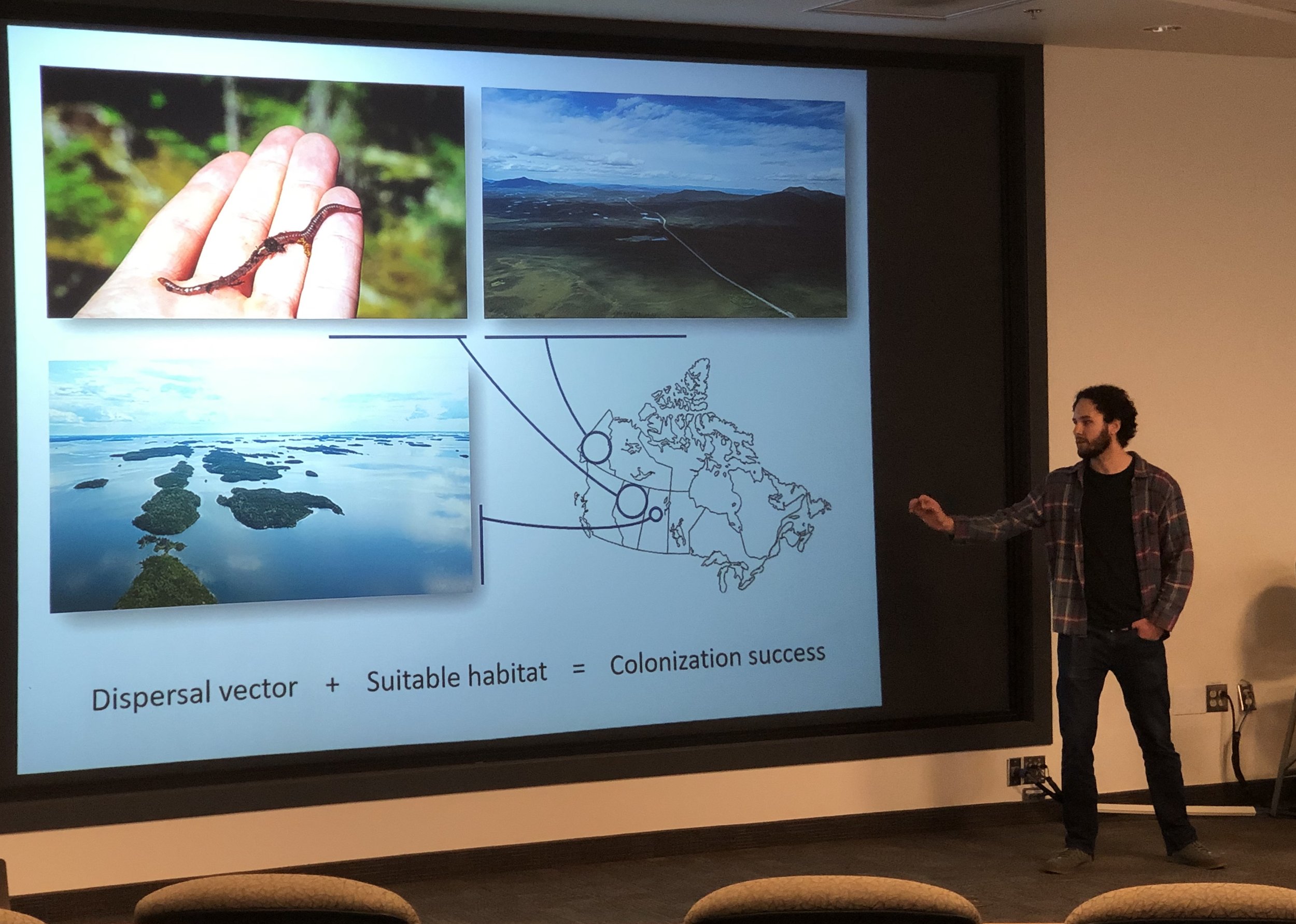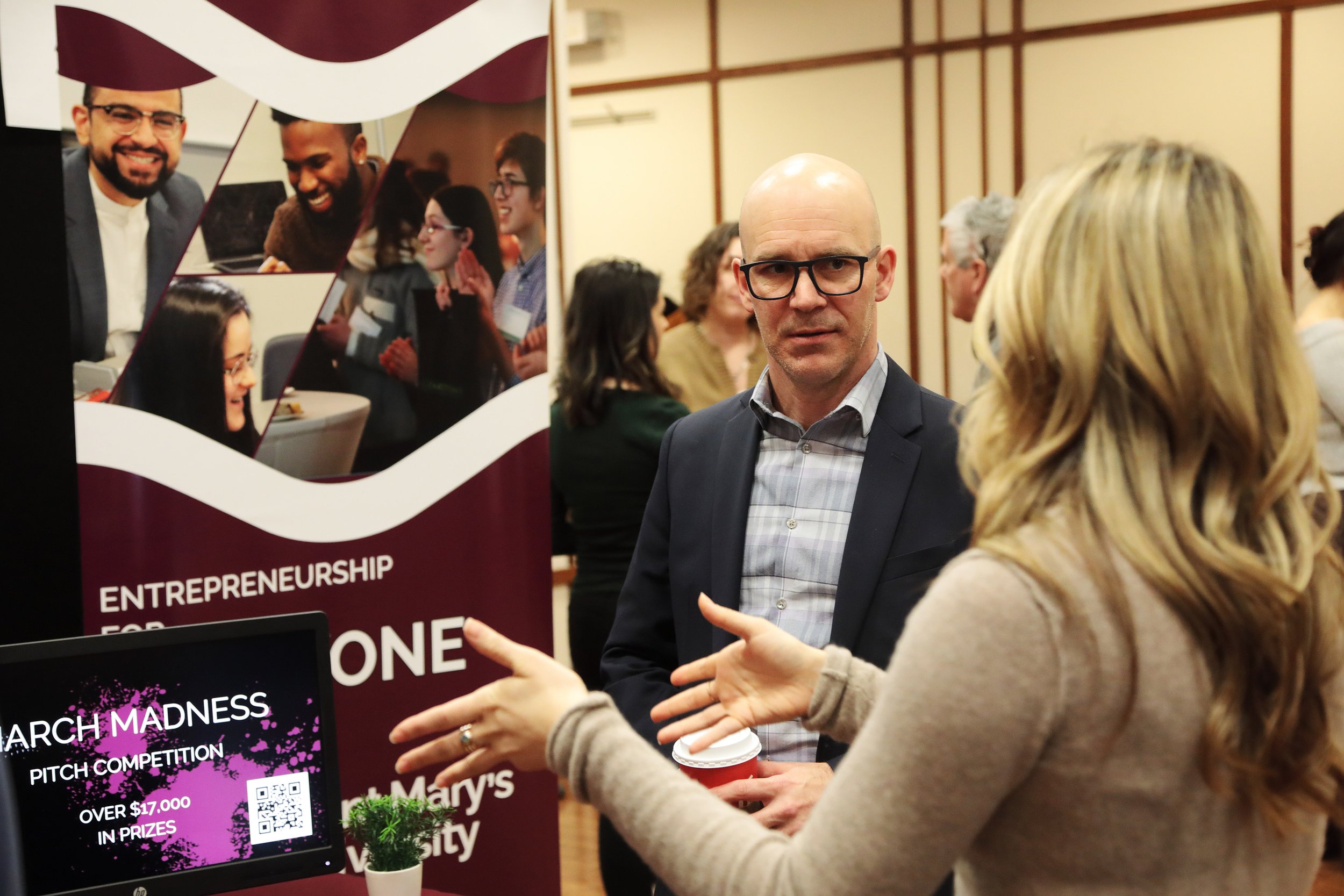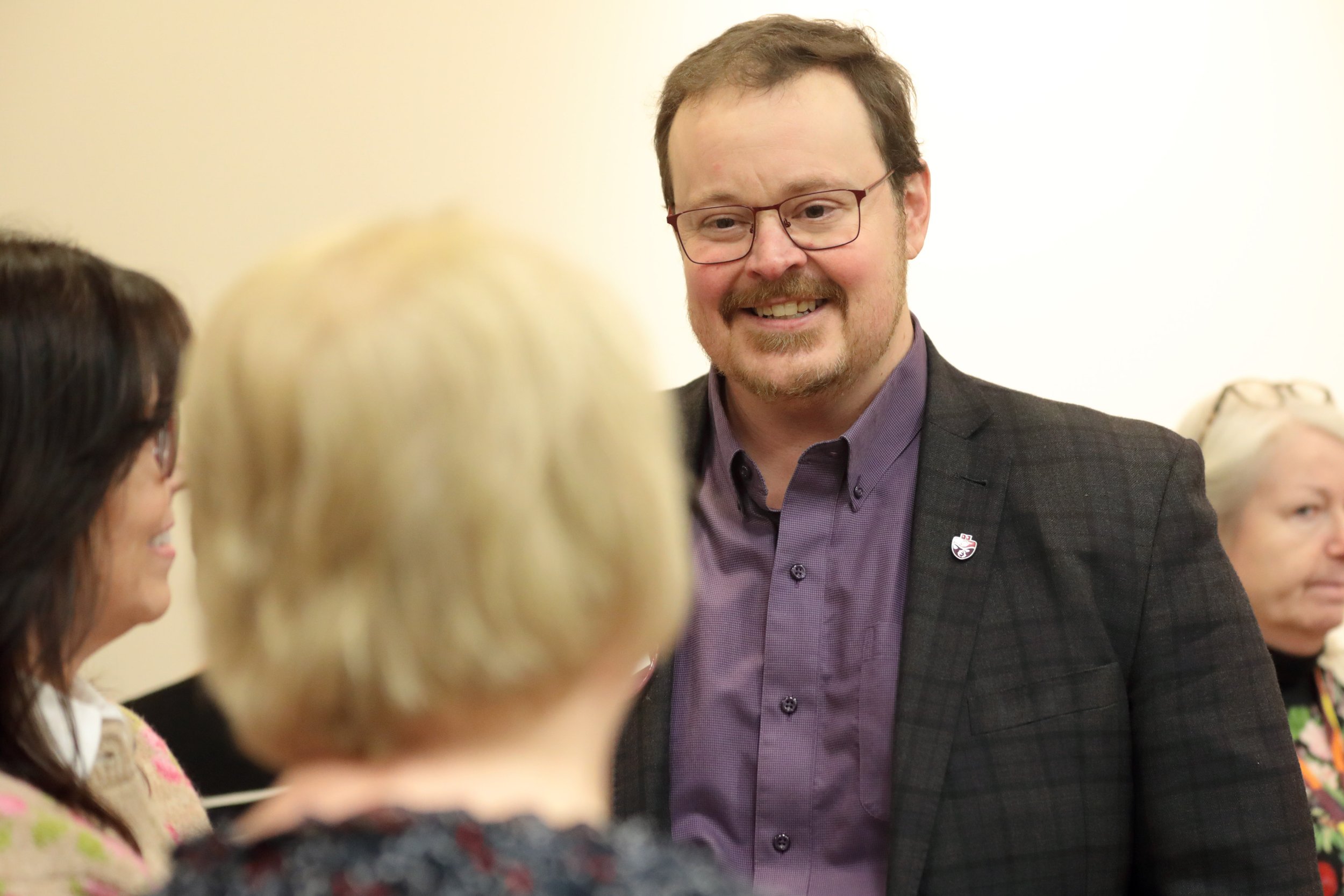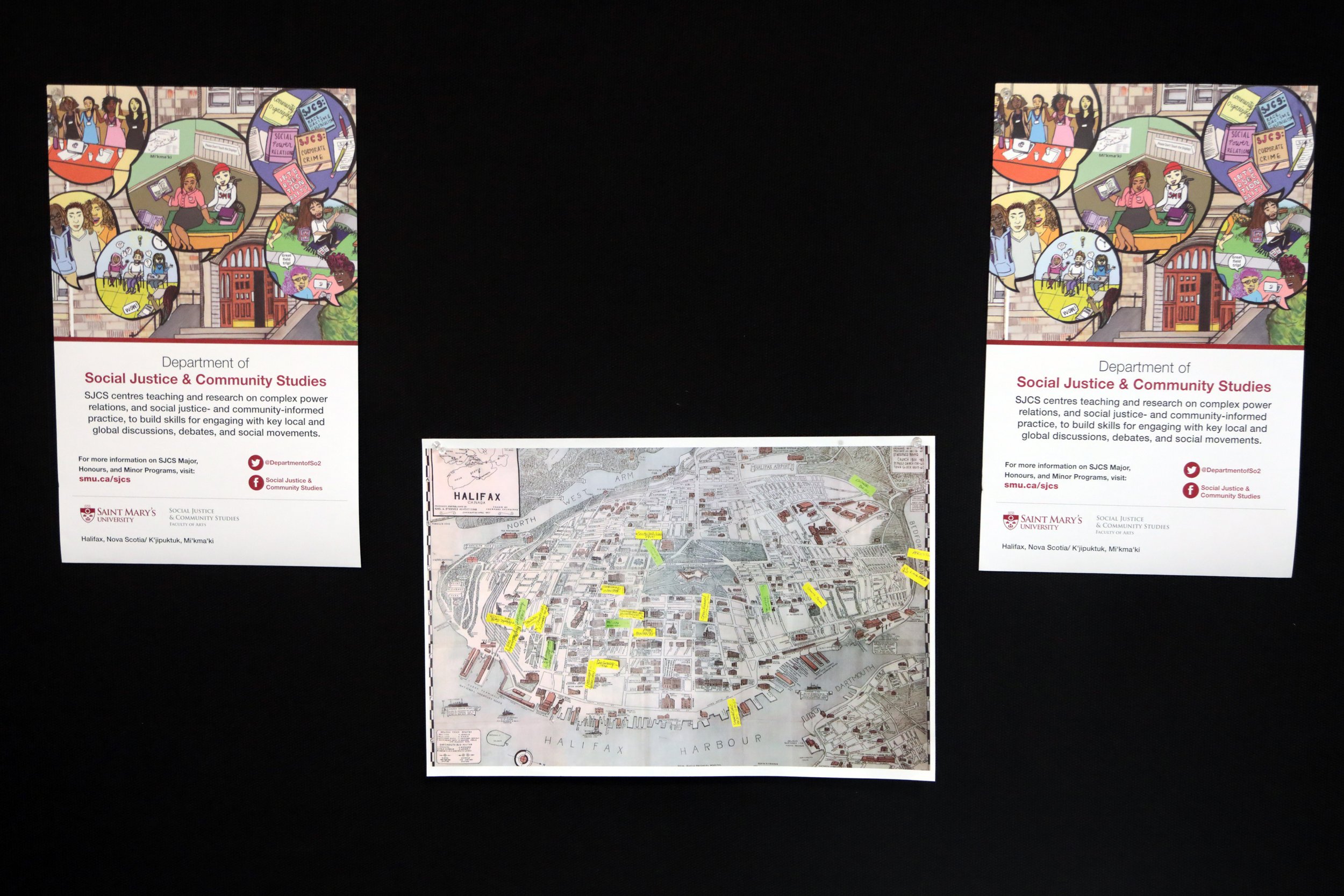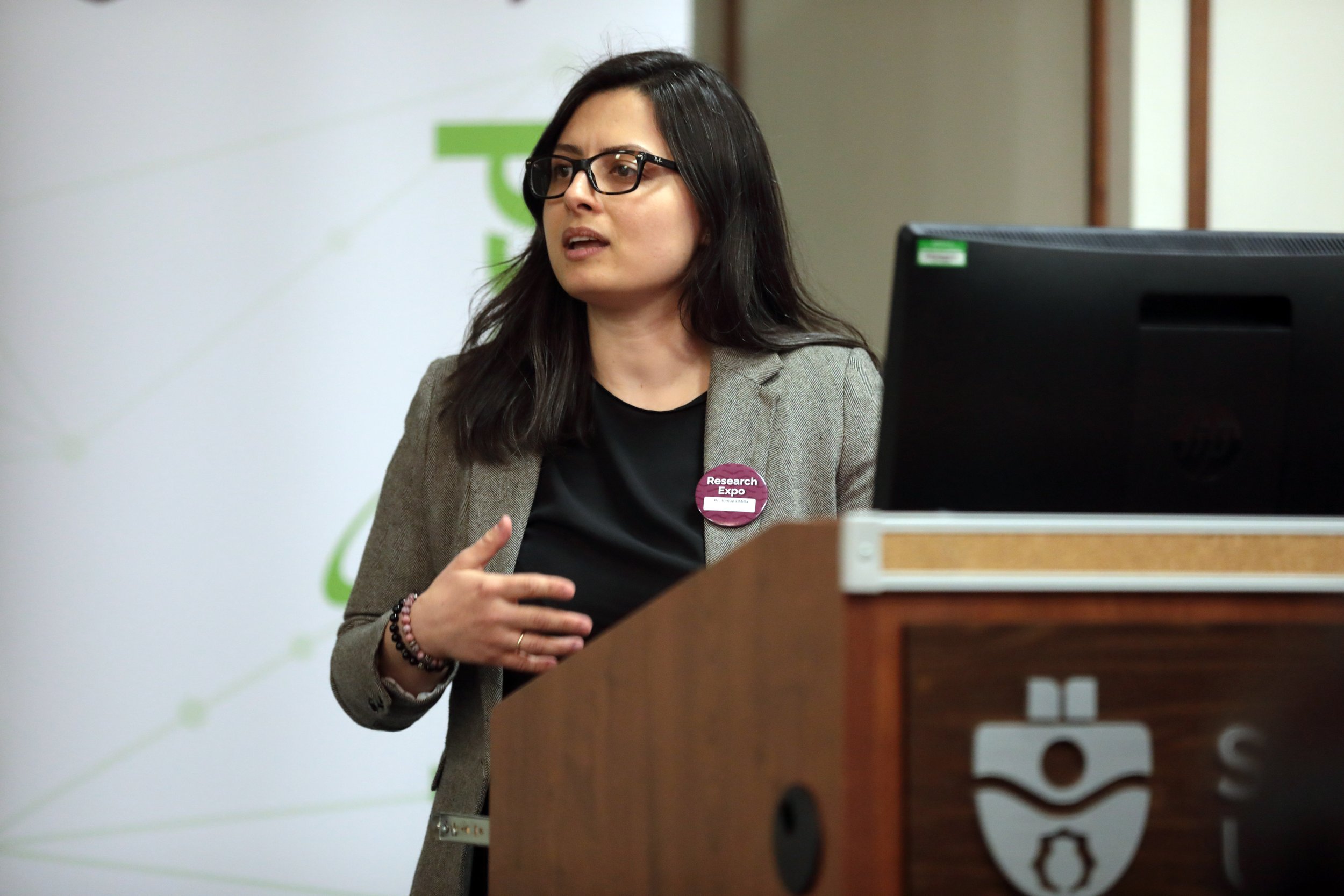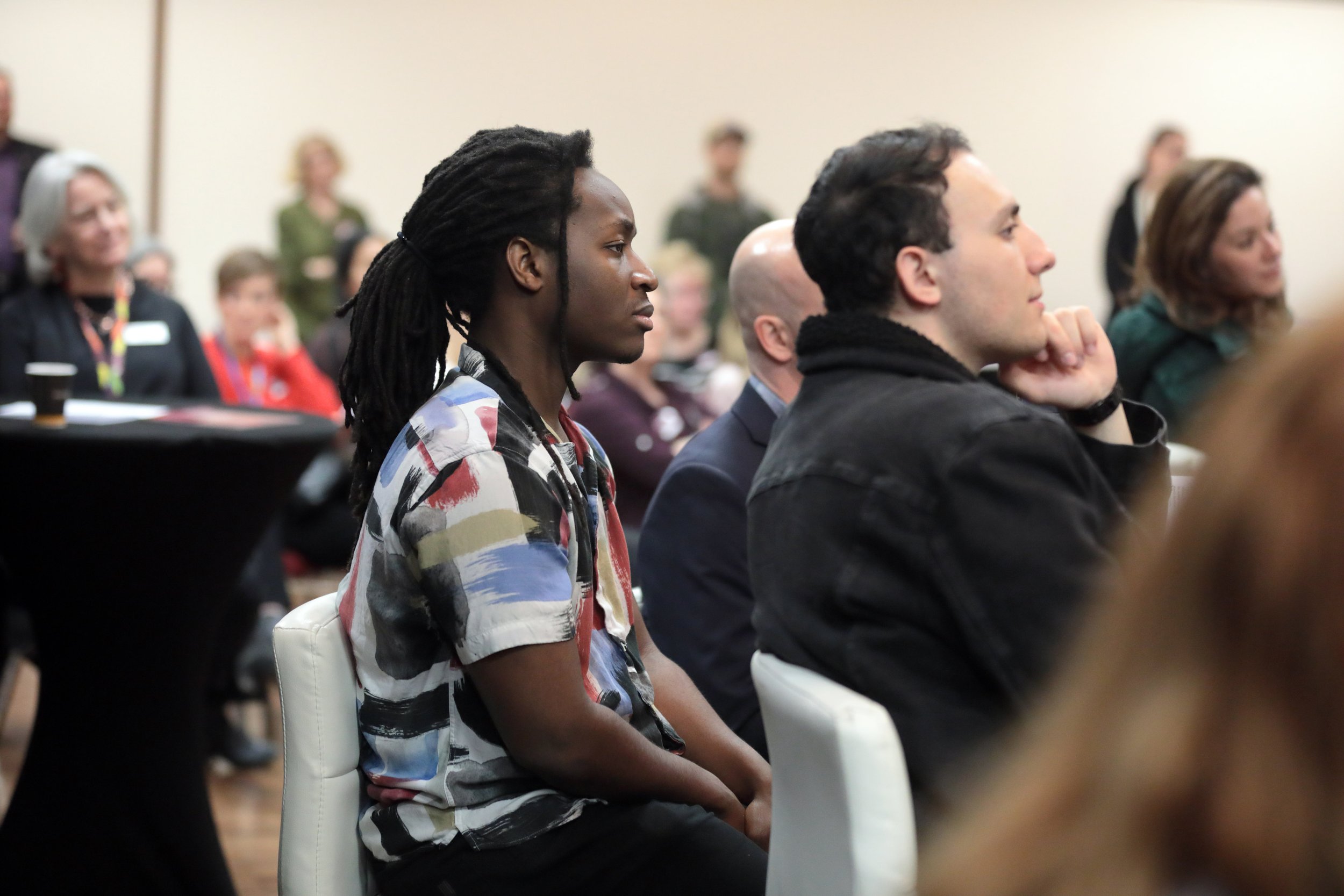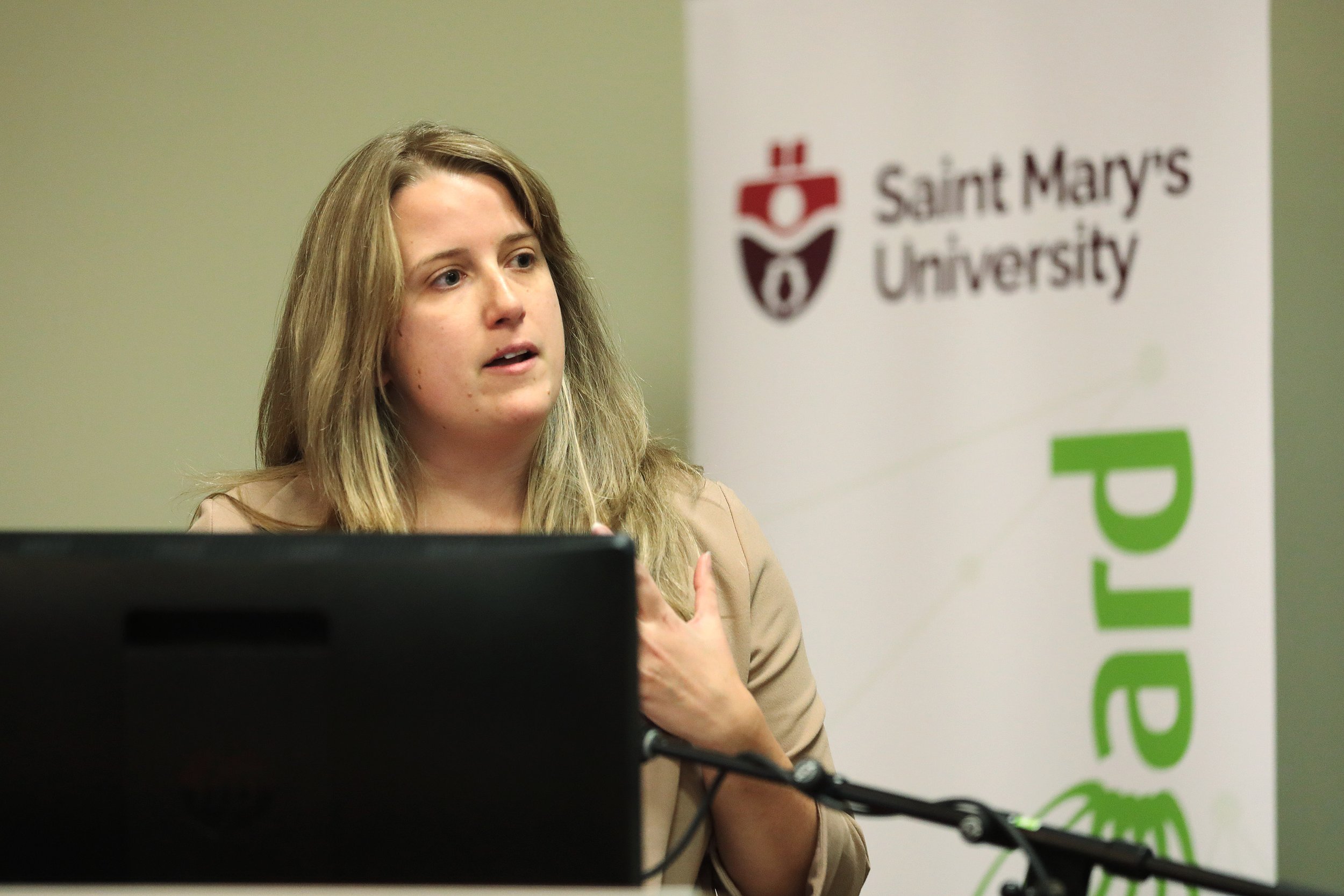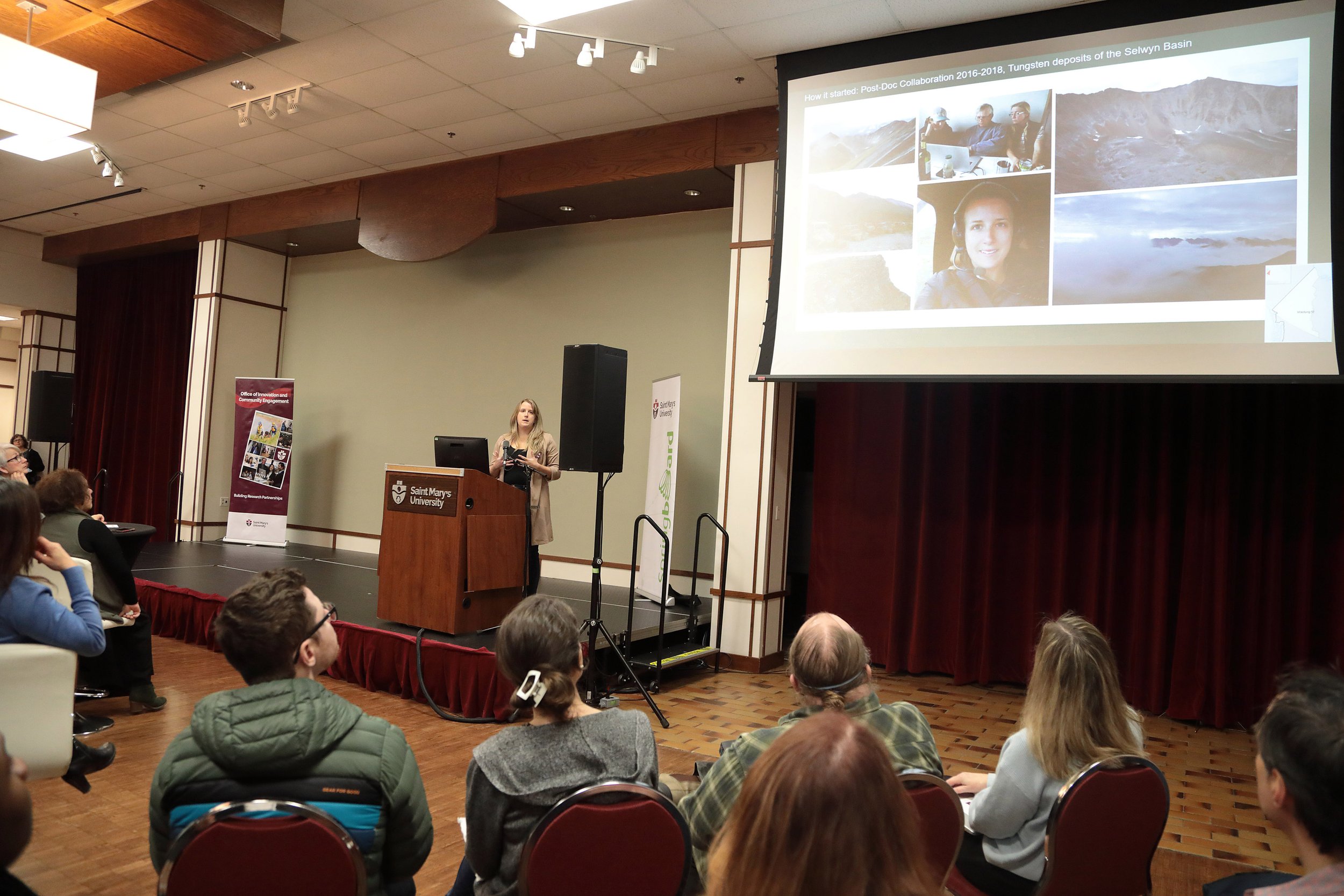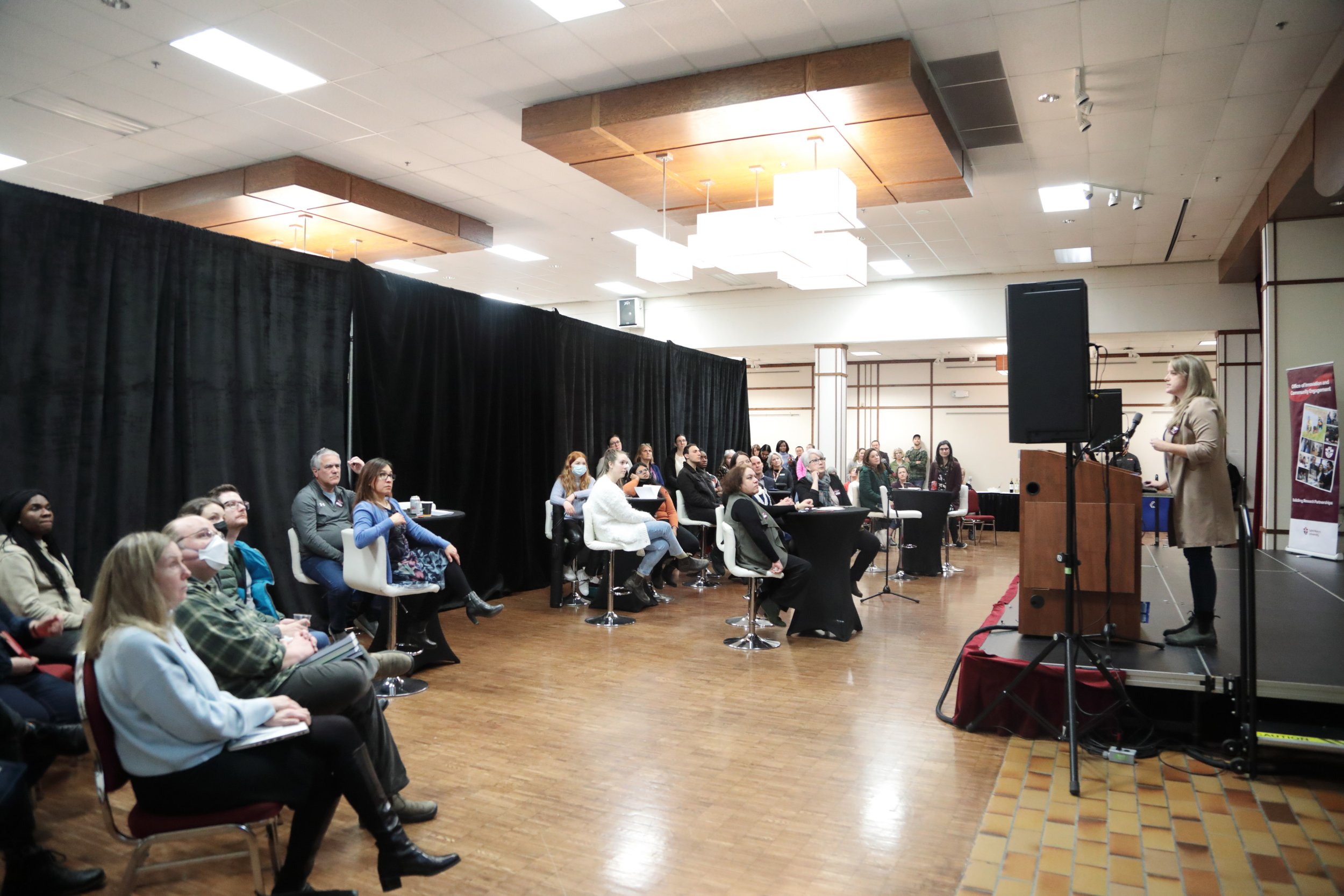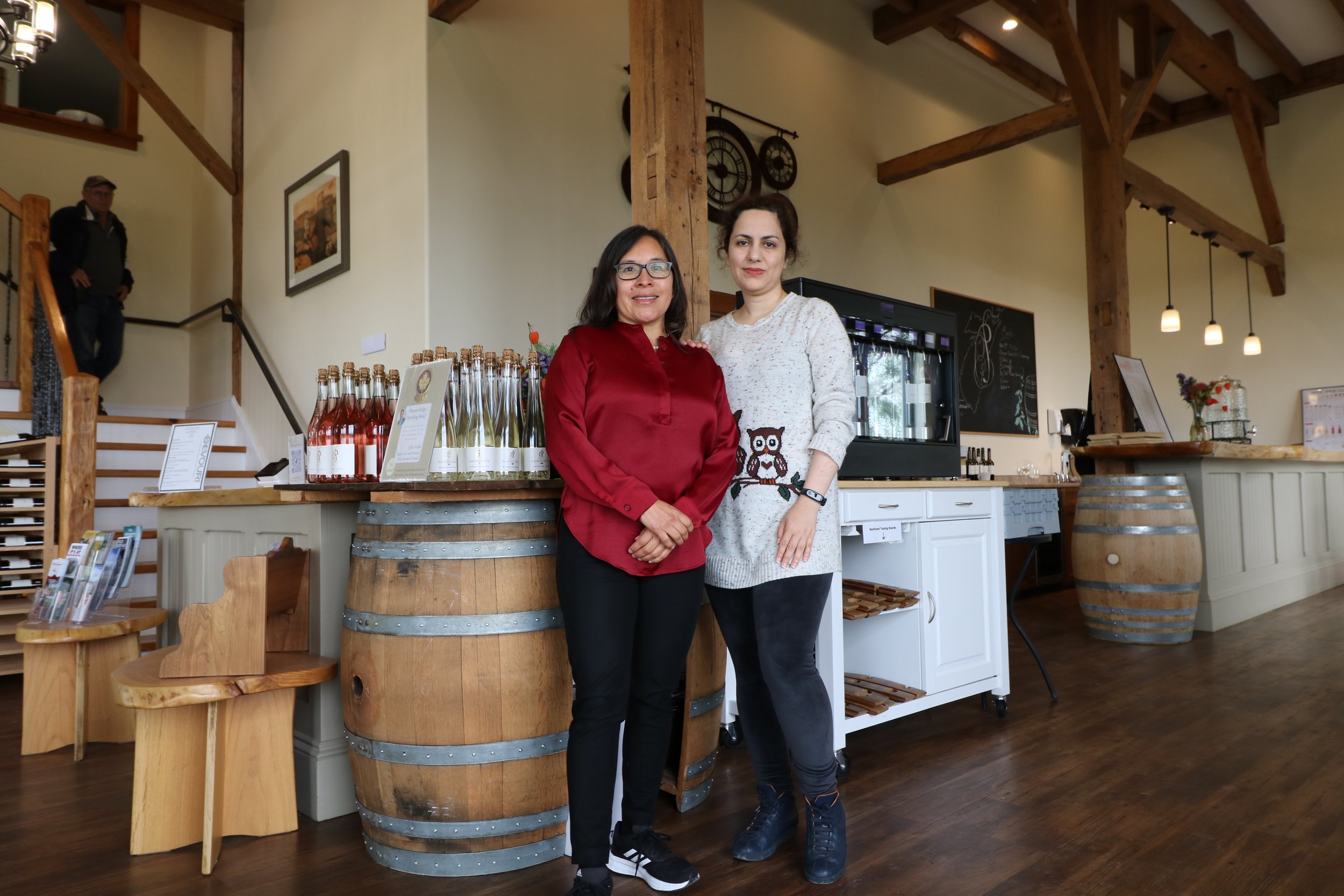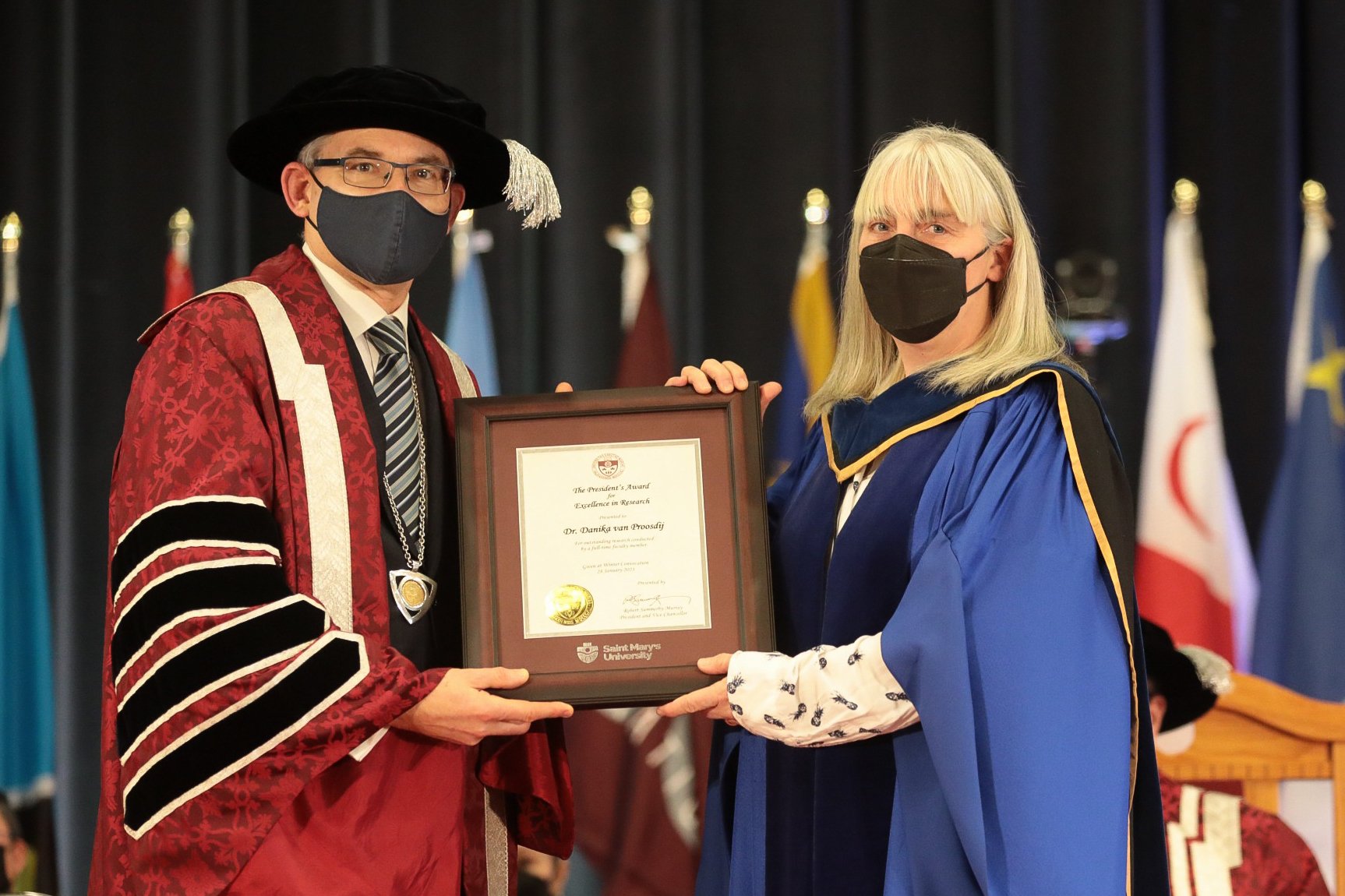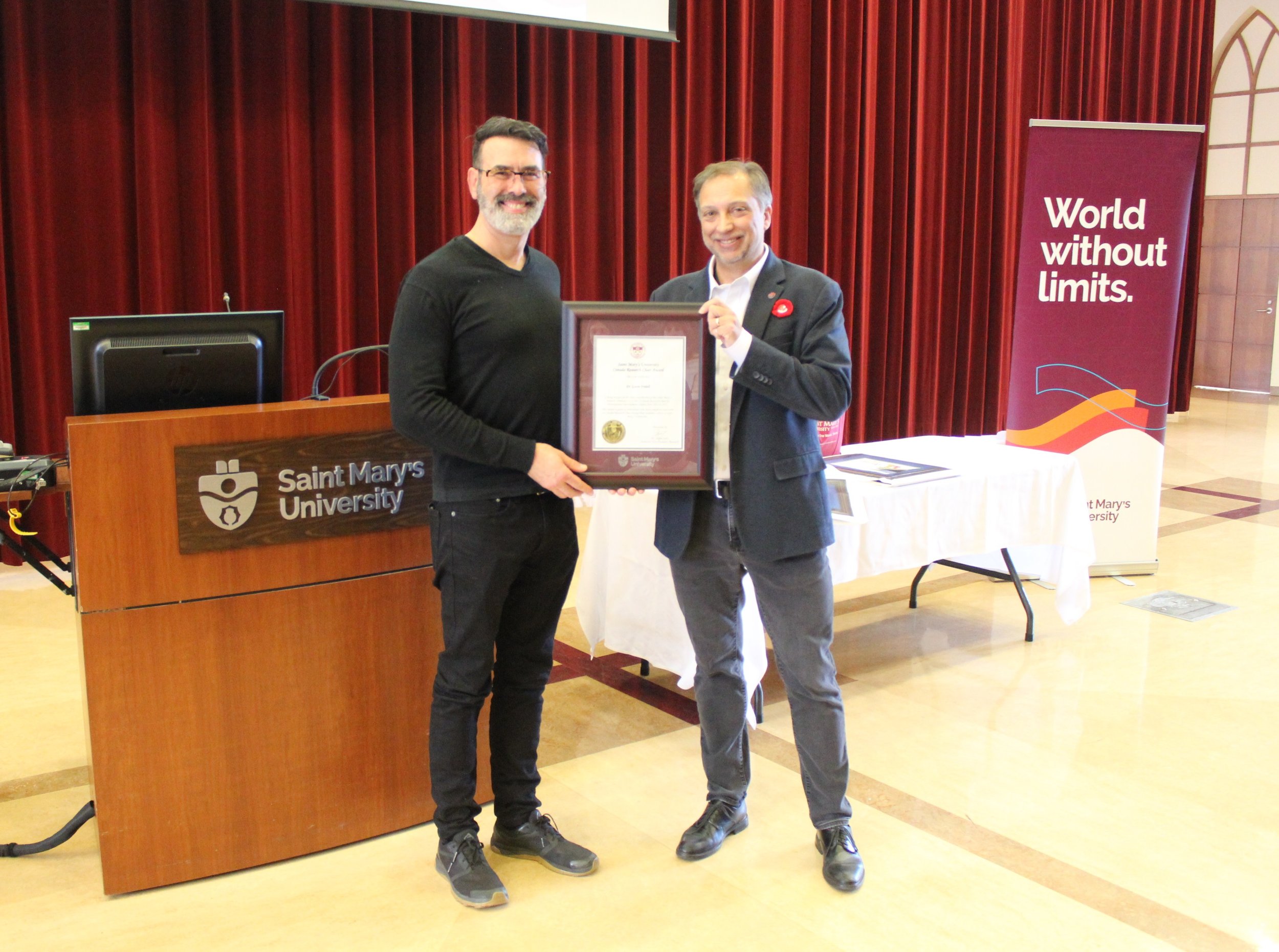Emperor Ben Roberston MTEI’23
When Emperor Ben Robertson was selecting a school to obtain his Master of Technology Entrepreneurship & Innovation degree, he knew Saint Mary’s University was the right choice.
The university's commitment to providing high-quality education, unique experiential learning opportunities, a vibrant location and extensive student support services contributed to his decision.
His education has provided him with a strong foundation in the principles and practices of technology entrepreneurship and equipped him with the knowledge to help businesses thrive in the digital age.
Q&A with Emperor Ben Robertson
Where is your hometown?: Accra, Ghana.
What was your favourite class?: Out of all the classes I took in my MTEI program, my favourite courses were Technology Entrepreneurship and Tech Strategy and Productivity.
What was the best piece of advice you received?: The most profound piece of advice that has had a significant impact on my life did not come from anybody I know personally. It was a quote that I stumbled upon while walking down Barrington Street that read, "Think and act like failure is impossible for you." This simple yet powerful quote has transformed my perspective on how I approach my goals.
Which instructor had the biggest impact on you?: Throughout my academic journey, I was fortunate to have had many exceptional professors who delivered transformative lectures. However, one professor in particular, Dr. Ramesh Venkat, had an enormous impact on me. Thanks to Dr. Venkat's exceptional teaching, I gained a deeper understanding of marketing and developed valuable skills that have been essential to my career. His influence on me has been invaluable, and I am grateful for the impact he has had on my personal and professional growth.
What was your thesis research?: I collected data on the challenges that businesses faced and explored ways to create opportunities for them to succeed in their respective locations. One of the most intriguing aspects of this research was its timing, as it was conducted during the post-COVID period when businesses were transitioning to new ways of operating. By talking to business owners, I gained valuable insights into their challenges and how they were adapting to the changing business environment.
Overall, this experience gave me a unique opportunity to explore the challenges and opportunities facing small businesses in the Halifax-Dartmouth area. It also allowed me to develop key skills that are essential in any business environment, including communication, research and problem-solving skills.
What advice would you give to your younger self?: If I could go back and speak to my younger self, I would tell them to try new things and challenge themselves as much as possible. I would encourage them to embrace failure as a natural part of the learning process and to adopt a mindset of "failing fast and failing often."
The reason is simple: by trying new things and taking risks, we are more likely to stumble and fail along the way. However, each failure provides an opportunity to learn and grow; the more we fail the faster we can learn and adapt. This can lead to faster progress and success in the long run.
Do you volunteer in the community?: As a passionate individual interested in promoting economic growth and prosperity, I volunteer as a member of the African Nova Scotian Road to Economic Prosperity Youth Council (REPYC). This council is an initiative aimed at promoting economic growth and prosperity among African Nova Scotian communities in Nova Scotia.
What are your future goals?: I am excited about the future and the opportunities that lie ahead. I am confident that with my skills, knowledge and experience, I will be able to make a meaningful contribution to a multinational company while also pursuing my passion for entrepreneurship and innovation.
Spring Convocation takes place May 17-19, 2023. Watch the ceremonies live at smu.ca/graduation or on our Facebook page.











